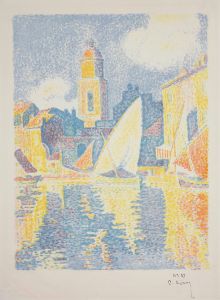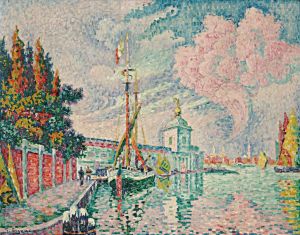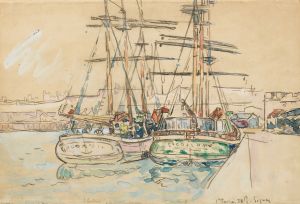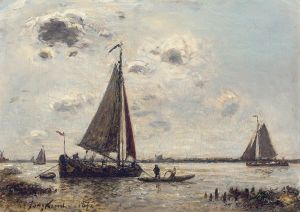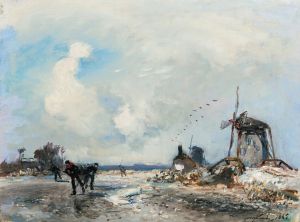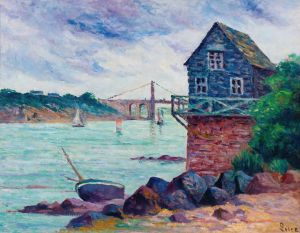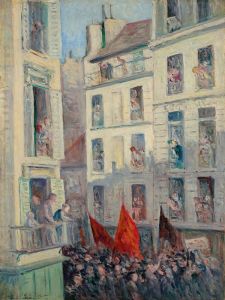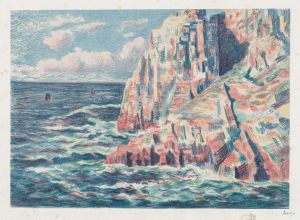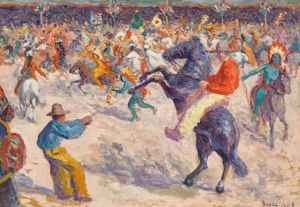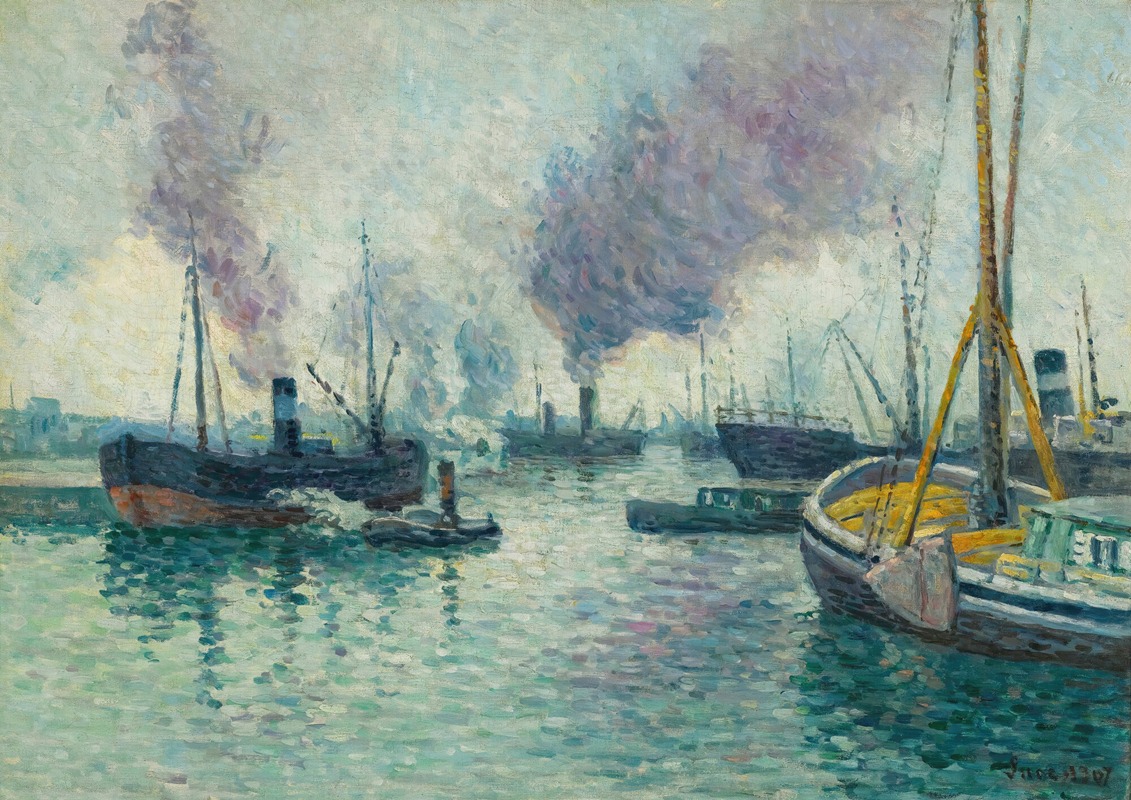
Le Port De Rotterdam
A hand-painted replica of Maximilien Luce’s masterpiece Le Port De Rotterdam, meticulously crafted by professional artists to capture the true essence of the original. Each piece is created with museum-quality canvas and rare mineral pigments, carefully painted by experienced artists with delicate brushstrokes and rich, layered colors to perfectly recreate the texture of the original artwork. Unlike machine-printed reproductions, this hand-painted version brings the painting to life, infused with the artist’s emotions and skill in every stroke. Whether for personal collection or home decoration, it instantly elevates the artistic atmosphere of any space.
Maximilien Luce was a French Neo-Impressionist artist known for his contributions to the Pointillist movement, which was characterized by the use of small, distinct dots of color applied in patterns to form an image. One of his notable works is "Le Port de Rotterdam," which exemplifies his mastery of this technique and his interest in capturing the effects of light and atmosphere.
"Le Port de Rotterdam" depicts the bustling port of Rotterdam, a major maritime hub in the Netherlands. The painting captures the industrial activity and the dynamic environment of the port, which was one of the busiest in Europe during Luce's time. The composition is filled with ships, cranes, and other elements typical of a working harbor, reflecting the economic vitality and the importance of maritime trade to the city.
Luce's use of Pointillism in "Le Port de Rotterdam" allows him to explore the interplay of light and color on the water and the various surfaces within the scene. The technique involves applying small, distinct dots of pure color to the canvas, which blend in the viewer's eye to create a luminous effect. This method was influenced by the scientific theories of color and perception that were popular among Neo-Impressionists, including Georges Seurat and Paul Signac, with whom Luce was closely associated.
The painting demonstrates Luce's skill in capturing the transient effects of light, a hallmark of the Impressionist and Neo-Impressionist movements. The reflections on the water, the play of sunlight on the ships, and the atmospheric haze of the industrial setting are all rendered with meticulous attention to detail. Luce's palette in this work is vibrant yet harmonious, using a range of blues, greens, and earth tones to convey the mood and setting of the port.
Maximilien Luce was not only an artist but also an active political figure, known for his anarchist beliefs. His works often reflect his interest in the lives of ordinary people and the social conditions of his time. While "Le Port de Rotterdam" primarily focuses on the industrial landscape, it can also be seen as a commentary on the human labor and activity that drive such environments.
The painting is part of Luce's broader body of work that includes urban scenes, landscapes, and depictions of everyday life. His art is celebrated for its technical precision, its vibrant use of color, and its ability to capture the essence of the modern world at the turn of the 20th century.
"Le Port de Rotterdam" remains an important example of Luce's contribution to the Neo-Impressionist movement and his ability to convey the energy and complexity of industrial life through the innovative use of color and light. The painting is appreciated not only for its aesthetic qualities but also for its historical significance in documenting the industrial era and the evolution of modern art techniques.





